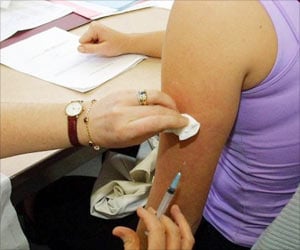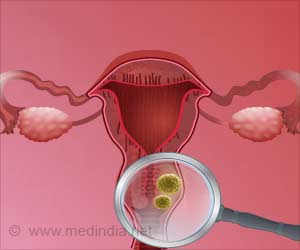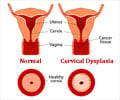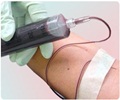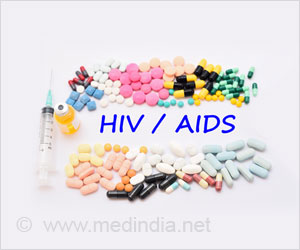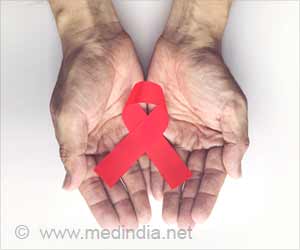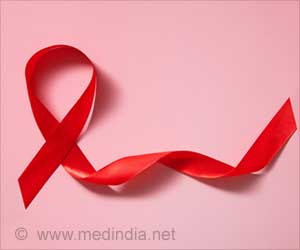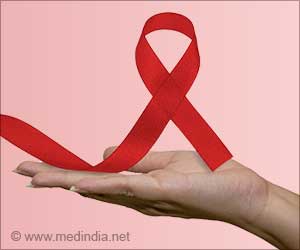People those who are at high risk of HIV infection have lower rates of HPV vaccinations, finds a new study.
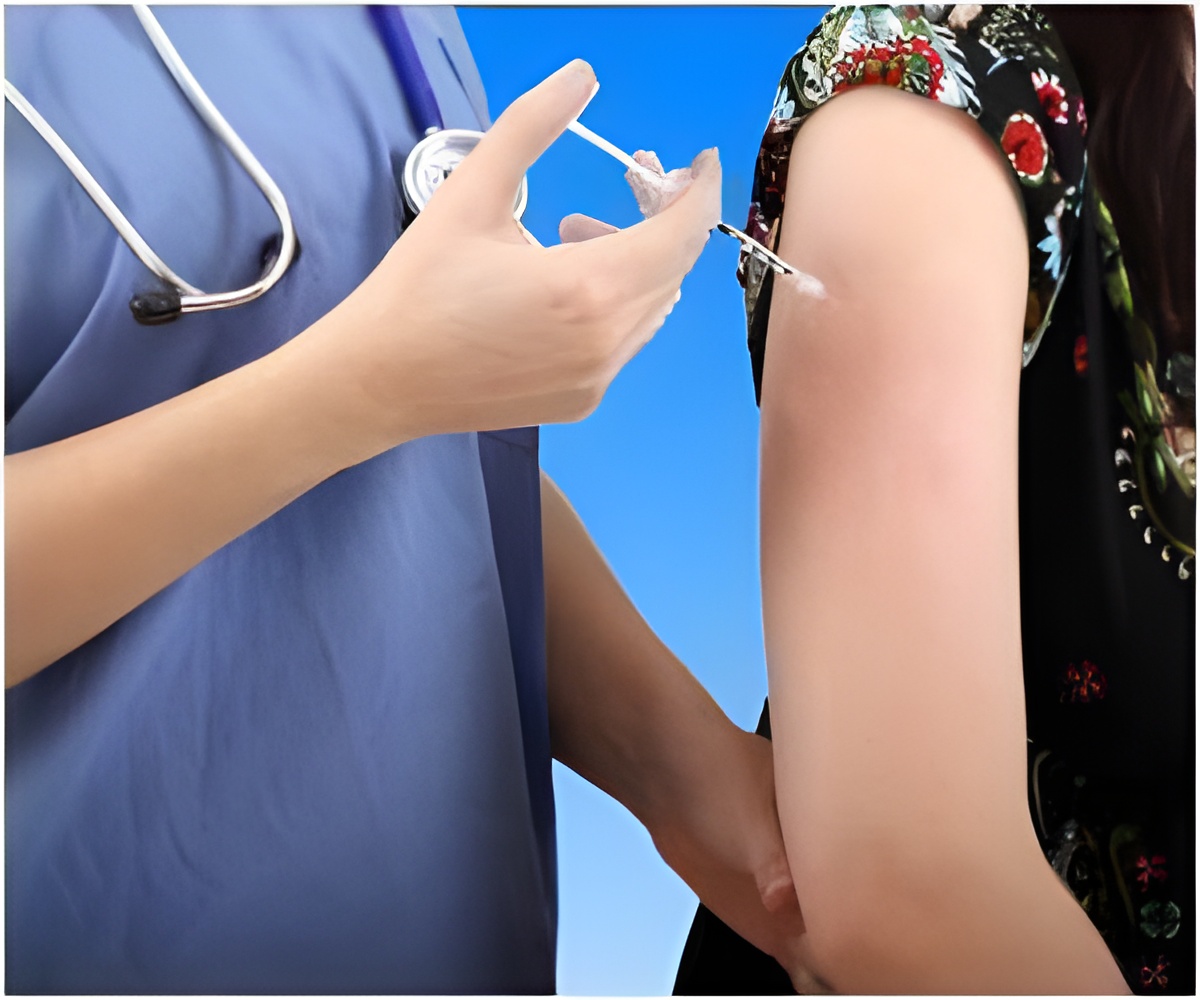
‘It was also found that almost all non-Hispanic blacks in the study were unvaccinated, especially given the disproportionate burden of HIV/AIDS among this minority group’





HPV infection is common, and in a healthy individual, is often cleared from the body without ever causing disease, said the study's lead author, Lisa T. Wigfall, PhD, MCHES, assistant professor, Division of Health Education, Department of Health and Kinesiology in the College of Education and Human Development at Texas A&M University in College Station. However, since HIV infection compromises the body's immune system, an HIV-positive person may be unable to fight off HPV infection and may be more prone to developing some types of cancer, including anal and cervical cancer.Since 2006, vaccines have been available that target the HPV strains most likely to cause anal and cervical cancer. The U.S. Centers for Disease Control and Prevention (CDC) recommends that adolescent boys and girls up to 15 years of age receive two doses of the vaccine, beginning at age 11 or 12. Those who start the vaccine series later, at ages 15 through 26, should receive three doses, according to CDC guidelines.
Uptake of the vaccination has been slower than public health experts would like and is currently far below the nation's goal of 80 percent. As of 2017, about 49 percent of U.S. adolescents were up-to-date on HPV vaccination, and 66 percent had received the first dose, according to CDC data. Wigfall and colleagues undertook this study to assess HPV vaccination rates for people at high risk of HIV infection.
Researchers used data from the 2016 Behavioral Risk Factor Surveillance System (BRFSS) survey to assess HPV vaccination rates in individuals who reported engaging in one or more high-risk behaviors in the year before the survey. Of 486,303 adults who completed the 2016 BRFSS survey, only 16,507, or 3.39 percent, had used injection drugs and engaged in high-risk sexual behavior and were classified as high-risk for HIV infection.
Among that population, only 416 had complete data. In that group, the researchers found that very few people were fully vaccinated against HPV. Vaccination rates varied between high-risk population groups.
Advertisement
About one-fourth of high-risk heterosexual females aged 18-36 had completed the three-dose HPV series.
Advertisement
None of the transgender men and women and gender-nonconforming individuals had initiated HPV vaccination.
Vaccination rates were much lower among non-Hispanic black respondents than any other racial/ethnic group. "It was alarming that almost all non-Hispanic blacks in the study were unvaccinated, especially given the disproportionate burden of HIV/AIDS among this minority group," Wigfall said.
Wigfall said one potential reason for the low rate of vaccination in high-risk populations is that recommendations for people living with HIV were issued several years after the HPV vaccine first became available to the general population.
Previous research has shown that the way physicians talk about the HPV vaccine can influence parents' decisions on whether to vaccinate their adolescents. Wigfall said that for some high-risk populations in this study, such as gay/bisexual men or transgender individuals, providers may not have addressed connections between high-risk sexual behaviors and HIV/HPV co-infection.
"Gender and sexual orientation are important topics that should not preclude us from identifying and targeting HPV vaccination efforts among high-risk populations," Wigfall said.
Wigfall said that in her opinion, patient-provider communication about the HPV vaccine should be strengthened for high-risk populations, specifically, HIV-positive males or females, as well as HIV-negative gay/bisexual men and transgender individuals.
In an effort to increase HPV vaccination among high-risk populations, "a necessary first step would be the wide adoption of routine HIV testing for all adolescents and adults, regardless of perceived risk," she said, noting that the CDC has recommended routine HIV testing since 2006. That recommendation has not been widely followed, leaving thousands of people living with HIV unaware of their HIV-positive status, Wigfall said.
Source-Eurekalert

